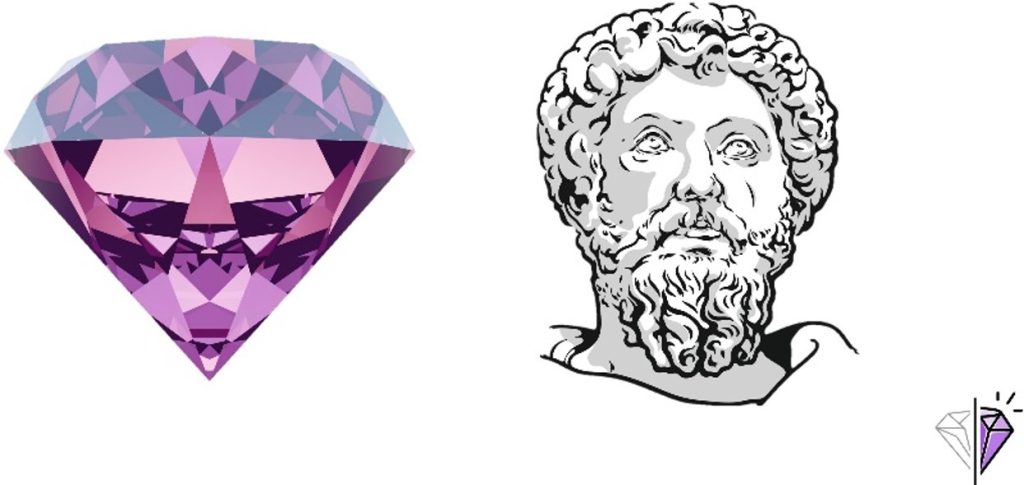
The Holy Trinity of Your Client: A Smarter Way to Market Your LSP
General
If you’re a translation or localization company with no in-house marketing team, you know how hard it is to balance project delivery, client satisfaction, and building your visibility. Marketing often falls to the bottom of the list—not because it’s unimportant, but because it feels overwhelming.
But here’s the thing: Marketing doesn’t have to be complex. In fact, it can be quite simple—if you start with the right questions about your client.
Let’s talk about what we at Profecta BDI call the Holy Trinity of your client not to sound mystical, but because these three things shape every smart marketing move you’ll make:
1. Client’s needs
2. Client’s values and philosophy
3. Client’s language
1. Client Needs: The Real Reason They Choose You
Most marketing advice tells you to “focus on your client.” But what does that mean in practice?
It means understanding what your client needs on a deeper level than just “a translation delivered by Monday.” These needs can be functional, emotional, or strategic.
We suggest using Tony Robbins’ framework of six human needs because it works surprisingly well for companies, too:
🟣 Certainty
They want to know your work is accurate, reliable, and on time.
🟣 Variety
They want flexible language solutions across multiple domains.
🟣 Importance
They want to feel understood and treated like a priority.
🟣 Connection
They value strong, responsive communication.
🟣 Growth
They want to expand into new markets.
🟣 Contribution
They want to make a bigger impact in the world.
You can use this framework to run a Quick Needs Assessment. Start by answering two key questions:
1️⃣ How does our company meet this need for ourselves?
2️⃣ How do we (or could we) meet it for our clients?
Once you’ve mapped that out, go one step further: Apply those insights and avoid mistakes in your marketing.
For example:
1. Show how your team ensures certainty through QA processes.
2. Share success stories where your translations led to client growth.
3. Talk about how your work helps clients contribute to global impact.
2. Client’s Values and Philosophy: What They Stand For
Values are the things your clients won’t compromise on. They are sometimes unspoken, but always critical.
One of our LSP clients told us, ‘We work only with partners who match our commitment to confidentiality and precision.’ That single sentence redefined how we framed our service pitch.
So ask yourself:
● What is sacred to my clients?
● What is non-negotiable?
● What would they fight for?
Maybe your clients value innovation, transparency, or speed. Maybe they believe in serving underserved communities, or in open knowledge sharing.
Knowing this helps you align your messaging and your offer. You can even use AI tools like ChatGPT to draft sample value statements based on client descriptions, but always adjust with your human judgment.
Here’s a simple formula:
If [CLIENT VALUE] is important to you, we help you achieve it through [SERVICE + PROOF].
Example:
“If innovation and transparency are key values for your startup, our multilingual content solutions ensure your messages are clear, local, and on-brand in all 24 EU languages.”
Also, values are directly tied to value-based pricing. When your clients see that your service supports what they believe in, they’ll focus less on price and more on impact.
Finally, go one level deeper: What’s your client’s philosophy?
● What do they believe makes a company successful?
● What are their key business principles?
● What kind of partners do they want to work with?
You can often find these answers in their website’s About section, their LinkedIn posts, or their annual reports.
Then reflect those beliefs back to them in your own messaging. Speak their language.
3. Client’s Language: Speak So They Feel Heard. Talk Like a Partner, Not a Provider.
This brings us to the third piece of the Trinity: Language. Not translation languages. Their everyday business language.
One of our LSP clients realized that by shifting from talking about ‘TEP workflows’ to ‘brand consistency across markets,’ they doubled engagement on LinkedIn and landed their first client.
Do your marketing materials speak like a translator or like a marketing manager, IT buyer, or legal director?
Clients don’t always understand terms like “post-editing,” “TEP,” or “CAT tools.” But they do understand:
● “Launch in new markets quickly” (Marketing)
● “Agile-friendly language solutions” (IT)
● “Risk reduction through precise terminology” (Legal)
The goal is to meet them where they are. This shows empathy. And empathy builds trust.
So, review your website, your LinkedIn profile, and your emails. Do they sound like you, or do they sound like them?
A Simple Exercise You Can Do Today
● Print out our Quick Needs Assessment and Application tables (or draw your own).
● Then pick one current client.
● Fill in how their needs are met and how you could meet them even better.
● Apply those ideas in one LinkedIn post or client email this week.
It’s that simple.
Why This Works (Even If You Don’t Have a Marketing Team)
You don’t need a fancy funnel or a six-figure ad budget. But you do need clarity.
When you understand your client’s needs, values, and language:
✅ You write better posts.
✅ You design better proposals.
✅ You build stronger relationships.
This is what good marketing looks like for an LSP.
Not loud. Not pushy.
Just clear, helpful, and human.
Want Help Putting This into Action?
We at Profecta BDI specialize in helping small and medium-sized LSPs build sustainable growth. Whether through hands-on consulting or training your team to do it themselves, we’re here to help.
If your marketing always ends up last on your to-do list, it’s time for a different approach, one that fits your reality.
That’s exactly what we explore in our training: Fortify Your Marketing.
Let’s finally make your marketing feel doable. After all, marketing is like dating.







